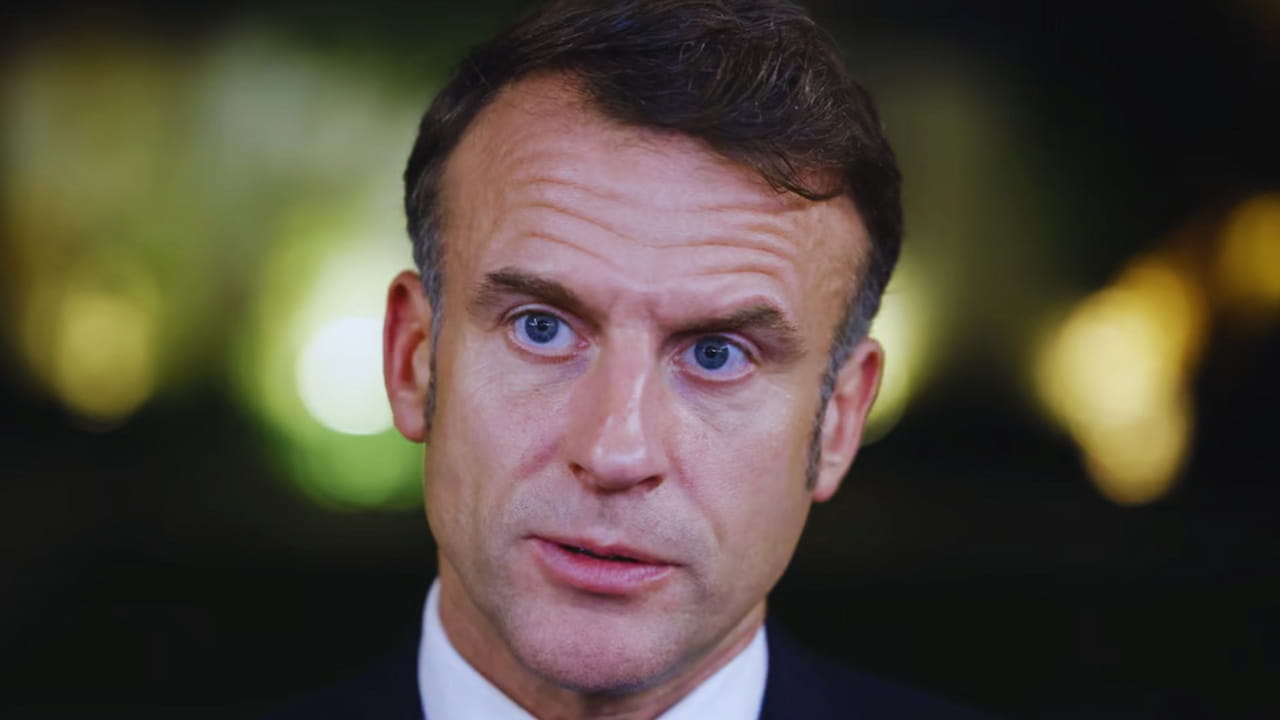US Green Light for Ukraine’s Long-Range Strikes Triggers Nuclear Warning from Moscow
In a dramatic escalation of international tensions, President Joe Biden’s administration has authorized Ukraine to use American-made long-range missiles for strikes inside Russian territory, prompting immediate nuclear rhetoric from the Kremlin.
The landmark decision, revealed on November 19, 2024, marks a significant shift in US policy toward the Ukraine conflict. The move directly responds to Moscow’s recent deployment of North Korean troops to supplement its forces, a development that has sparked concerns in both Washington and Kyiv.
During the G20 summit in Rio de Janeiro, French President Emmanuel Macron supported the US decision, highlighting that Russia’s actions compelled Washington to take action. “Russia is the only power that made an escalatory decision,” Macron told reporters, pointing to Moscow’s decision to bring in North Korean soldiers as the turning point.
The Kremlin’s response was swift and severe. The Kremlin’s spokesperson, Dmitry Peskov, announced that Russia had already drafted changes to its nuclear doctrine and would “formalize them as necessary.” This statement signals Moscow’s growing concern over what it sees as direct Western involvement in the conflict.
The timing of this policy shift is particularly significant, coming just weeks before the US presidential transition. President-elect Donald Trump has already stated his intention to seek a peace deal with Russia and has threatened to halt aid to Ukraine, adding another layer of complexity to an already volatile situation.
On the ground, the impact of this decision could be substantial. Ukraine has long pleaded for the ability to strike deeper into Russian territory, arguing that such capability is crucial for defending against Russian aggression. The war, now in its 1,000th day, has left Russia in control of roughly one-fifth of Ukrainian territory.
The human cost continues to mount. At least eight people lost their lives in one of Moscow’s largest recent aerial attacks in the southern Ukrainian city of Odesa on Monday. However, Ukrainian officials report that Russian forces suffered their highest weekly losses in recent memory, suggesting an intensification of the conflict on both sides.
The international community remains divided on the approach to long-range weapons. Germany continues to oppose providing Ukraine with long-range strike capabilities, while the United Kingdom anticipates following the US’s lead by supplying Storm Shadow missiles.
The war has now escalated to what many analysts consider the most dangerous point since Russia’s full-scale invasion began. Western military experts warn that this latest development could push the conflict into uncharted territory, particularly given Russia’s nuclear saber-rattling.
Despite the heightened tensions, the Kremlin, through Peskov, indicated a willingness to normalize relations with Washington, though he added the caveat that “we cannot tango alone.”
As winter approaches and the conflict enters a new phase, the world watches closely to see how this policy shift will affect the balance of power in Eastern Europe. With both sides showing no signs of backing down, the international community faces the challenge of preventing further escalation while supporting Ukraine’s right to self-defense.
The decision represents what many see as a calculated risk by the outgoing Biden administration—balancing the need to support Ukraine against the potential for dangerous escalation.
As one senior defense analyst noted, “The next few weeks will be crucial in determining whether this move leads to a strategic advantage for Ukraine or pushes us closer to a broader international crisis.”
